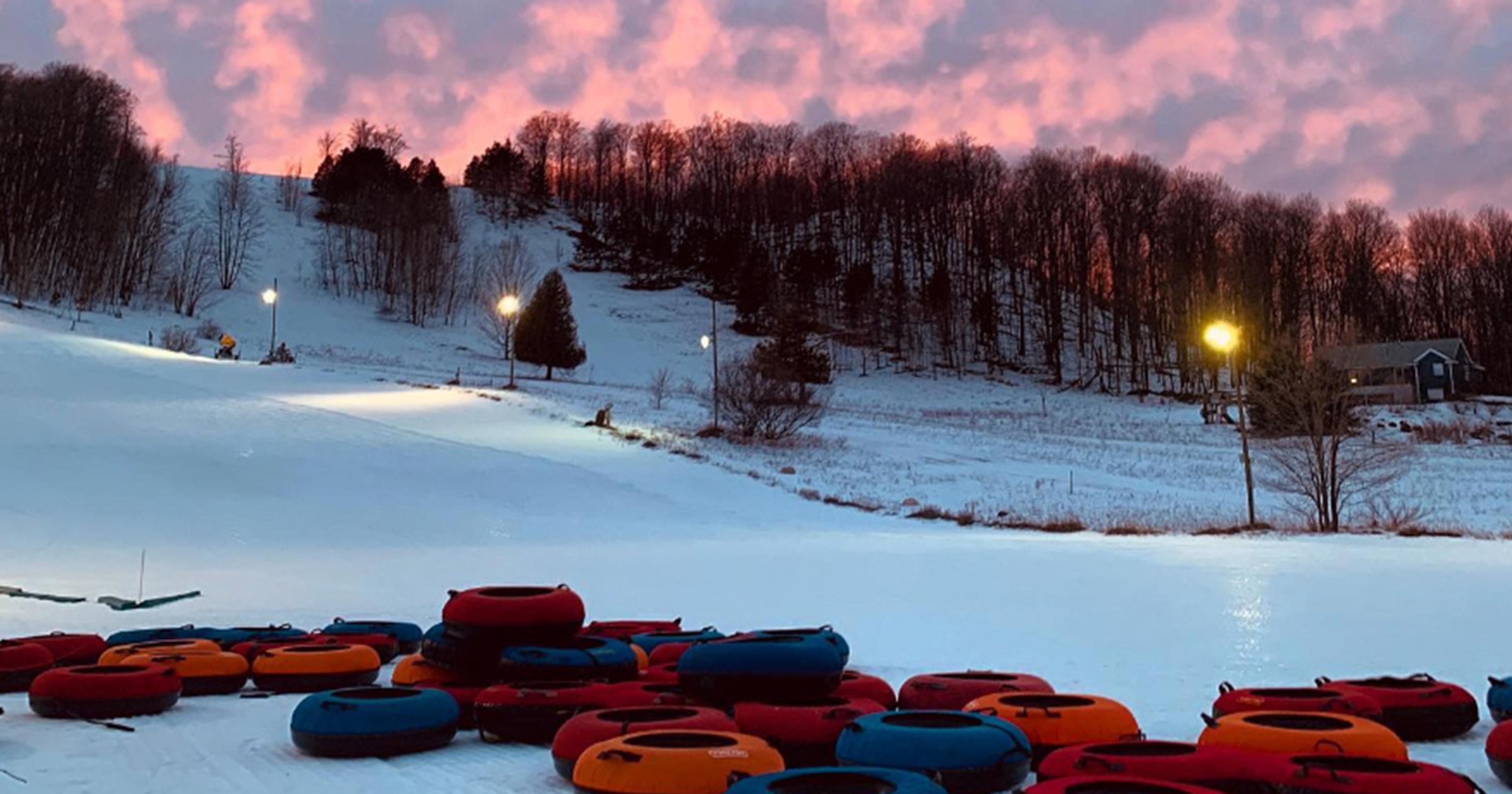10 Winter Sledding Safety Tips
A Healthier Michigan
| 3 min read

Each winter, kids of all ages carry sleds up hills across Michigan, all for the quick thrill of a fast ride downhill. Sledding is a huge winter activity in a state where at least three months of the year typically have snow on the ground.
Most big ski resorts in the state offer sledding areas, but so do county park systems and lots of schools and local communities. But with any activity where speed is a fun factor — individuals may travel upwards of 20 miles per hour while careening down an icy hill — there is risk. Before heading out to any hill, people should keep sledding hill safety tips in mind.
10 tips for safe winter sledding
- Practice supervision: The National Safety Council (NSC) recommends parents oversee their children sledding, especially if they under the age of 10.
- Wear a helmet: Young kids and teens should wear a sports helmet, firmly fastened under their chin, to protect their head while they sled.
- Select safe equipment: Sleds with braking and steering mechanisms can offer young riders more control and keep them from colliding with other sledders or stationary objects in their path. Never use improvised sleds, such as trays or plastic sheets, as they can increase your risk for serious injury. Also, make sure all equipment is in good condition and free of sharp edges and cracks.
- Vet hills before sledding: Be sure to sled on spacious, gently sloping hills with a level run-off at the end so sledders can slow to a safe stop. The NSC also recommends checking slopes for bare spots, holes and obstructions, such as fences, rocks, poles or trees.
- Don’t sled head-first: Sit on top of a sled, with feet pointed downhill.
- Avoid collisions: People should pick areas to sled that are not too crowded to reduce the risk of collisions, and keep a safe distance from people you are with as they sled downhill. Also, when returning uphill to sled again, walk along the side of the sledding path so you are not at risk of being hit by others coming downhill.
- Avoid water. Frozen lakes, ponds, streams and rivers do not mix with sledding. It’s common for people sledding near water to overshoot their stopping point and sled into the water. If people sled onto thin ice, the ice could break and the person could fall into the water.
- Wear boots. Warm, sturdy boots are needed for sledding. For extra grip, slip traction guards onto boots that will dig into the snow to make uphill treks safer.
- Look before sledding. Check out the entire sledding area. Look for trees, tree stumps, fences, trash bins, steps, and any other obstacles.
- Wear a hat and mittens. Fingertips and ears are prime problem areas for frostbite. Wear a warm coat and proper winter gear to protect from hypothermia and frostbite injuries.
Photo credit: Getty Images
Read on:





